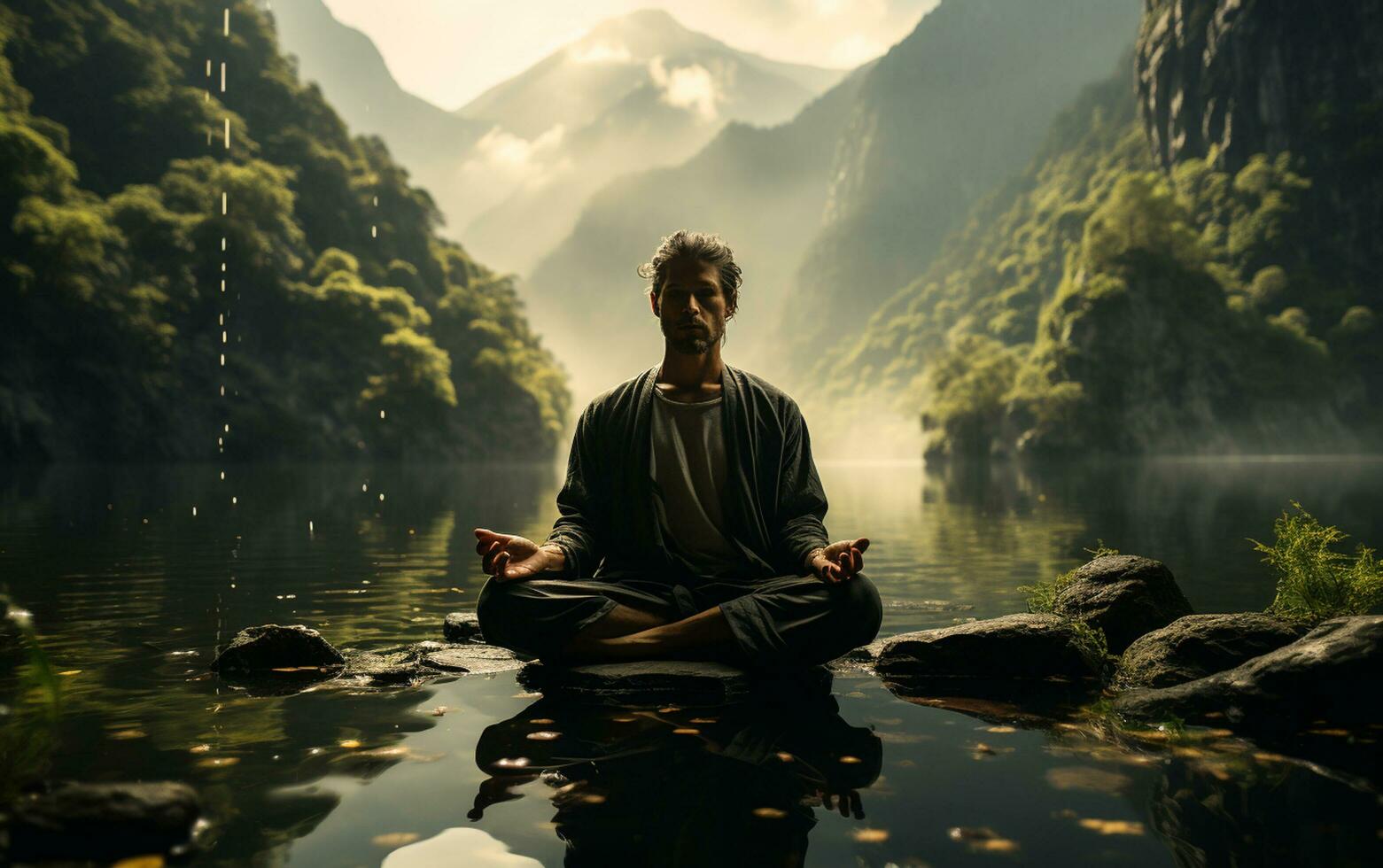How to Meditate: A Step-by-Step Technique to Achieving Mindfulness and Calmness
Reflection works as an effective device for accomplishing mindfulness and psychological calm in a hectic globe. By understanding the essential concepts and techniques associated with reflection, people can cultivate a method that improves their total well-being. This discussion will certainly lay out vital actions, from developing a conducive atmosphere to incorporating reflection into daily routines. As we check out these parts, it becomes clear that the journey to mindfulness is not simply concerning the act of sitting in silence, but rather concerning cultivating a deeper connection with oneself and the world around us. What might this improvement require?
Comprehending Meditation
Comprehending reflection includes realizing its fundamental principles and methods, which act as the foundation for the practice. At its core, meditation is a mental exercise intended at advertising leisure, constructing inner power, and establishing empathy and insight. The practice encourages individuals to concentrate their focus, frequently with methods such as deep breathing, visualization, or concept repeating.
Meditation can be categorized into different designs, consisting of mindfulness, transcendental, and loving-kindness meditation, each with distinct purposes and approaches. Mindfulness reflection highlights present-moment awareness and non-judgmental observation of feelings and ideas, while transcendental reflection includes making use of specific concepts to transcend average thought processes. Loving-kindness reflection concentrates on developing a perspective of love and empathy towards oneself and others.
No matter the method employed, the key goal remains regular: to grow a deeper understanding of the mind and its patterns. This self-awareness cultivates psychological durability, quality of idea, and a profound sense of tranquility (How to meditate?). By recognizing these principles and techniques, individuals lay the foundation for a successful reflection practice that can dramatically improve their overall health
Getting Ready For Your Practice
Prior to starting your meditation technique, it is vital to develop an atmosphere helpful to focus and leisure. Select a quiet area where you are unlikely to be disrupted. This can be a corner of an area, a garden, or any type of area that evokes a sense of tranquility. Ensure that the location is clean and complimentary of mess, as a neat environment can assist clear the mind.
Consider the illumination, as all-natural light can enhance your mood and power. Soft, cozy lights is often a lot more calming than harsh fluorescent lights. Furthermore, select a comfy temperature level, ensuring that you are neither too hot neither as well cold.
Including aspects that advertise tranquility can further enhance your experience. This might include soft cushions or blankets for convenience, along with relaxing aromas from necessary oils or incense. It can also be useful to have a timer set for your meditation session to stop interruptions from clock-watching.
Basic Meditation Strategies
:max_bytes(150000):strip_icc()/GettyImages-1612233479-7d525a96ed0f400590282babfd771bbd.jpg)
An additional effective method is body check meditation. This includes emotionally scanning your body from head to toe, observing any kind of areas of tension or pain and purposely unwinding those muscular tissues. This practice you could try this out fosters a much deeper link between your mind and body.

Lastly, loving-kindness reflection concentrates on cultivating compassion in the direction of on your own and others. Quietly repeat phrases of a good reputation, improving emotional health and interconnectedness. Each of these strategies functions as a foundation for your reflection trip, enabling you to find the approach that resonates best with your individual method.
Maintaining Emphasis and Mindfulness

Developing a dedicated meditation space can enhance the ability to maintain mindfulness. A quiet, clean atmosphere lessens diversions, permitting much deeper immersion in the practice. Furthermore, setting a time frame can help manage expectations; starting with much shorter sessions might reduce the change right into longer methods.
Using methods such as body scanning or observing feelings can also reinforce mindfulness. These methods encourage practitioners to remain existing and involved with their physicality, anchoring their attention in the minute. Normal technique is necessary; the mind develops resilience over time, creating a more powerful capability for focus.
Incorporating Meditation Into Life
Incorporating reflection right into day-to-day live can transform regular tasks into possibilities for mindfulness and self-reflection. By incorporating mindfulness methods into usual jobs, individuals can grow a higher sense of visibility and peace in the middle of the busyness of everyday life.
Begin by identifying minutes throughout your day where you can stop and practice mindfulness. Even ordinary tasks like washing meals or walking can become opportunities for reflection by directing your interest to the experiences of movement and the noises bordering you.
Additionally, setting apart dedicated times for meditation can strengthen its technique. Beginning with short sessions, gradually boosting period as you come to be more comfortable. Use suggestions or hints-- like a details time of day or a calming sound-- to establish consistency.
Ultimately, check it out the goal is to weave mindfulness into the material of day-to-day life, permitting you to come close to each minute with purpose, therefore enhancing your overall sense of health and clarity.
Verdict
In verdict, reliable reflection requires a silent atmosphere, a comfortable placement, and a focus on the breath. Normal meditation, also in short sessions, fosters a much deeper visit their website connection to the existing moment, inevitably leading to higher tranquility and mental clarity in everyday life.
Meditation can be classified right into various designs, including mindfulness, transcendental, and loving-kindness reflection, each with unique purposes and techniques. Mindfulness meditation stresses present-moment understanding and non-judgmental monitoring of feelings and ideas, while transcendental reflection involves the usage of specific rules to go beyond normal thought processes.With your reflection space prepared, it's time to discover various fundamental reflection methods that can aid cultivate mindfulness and internal peace.Constantly maintaining focus and mindfulness throughout meditation can be tough, especially for those brand-new to the practice.Establishing a dedicated reflection area can boost the capacity to maintain mindfulness.